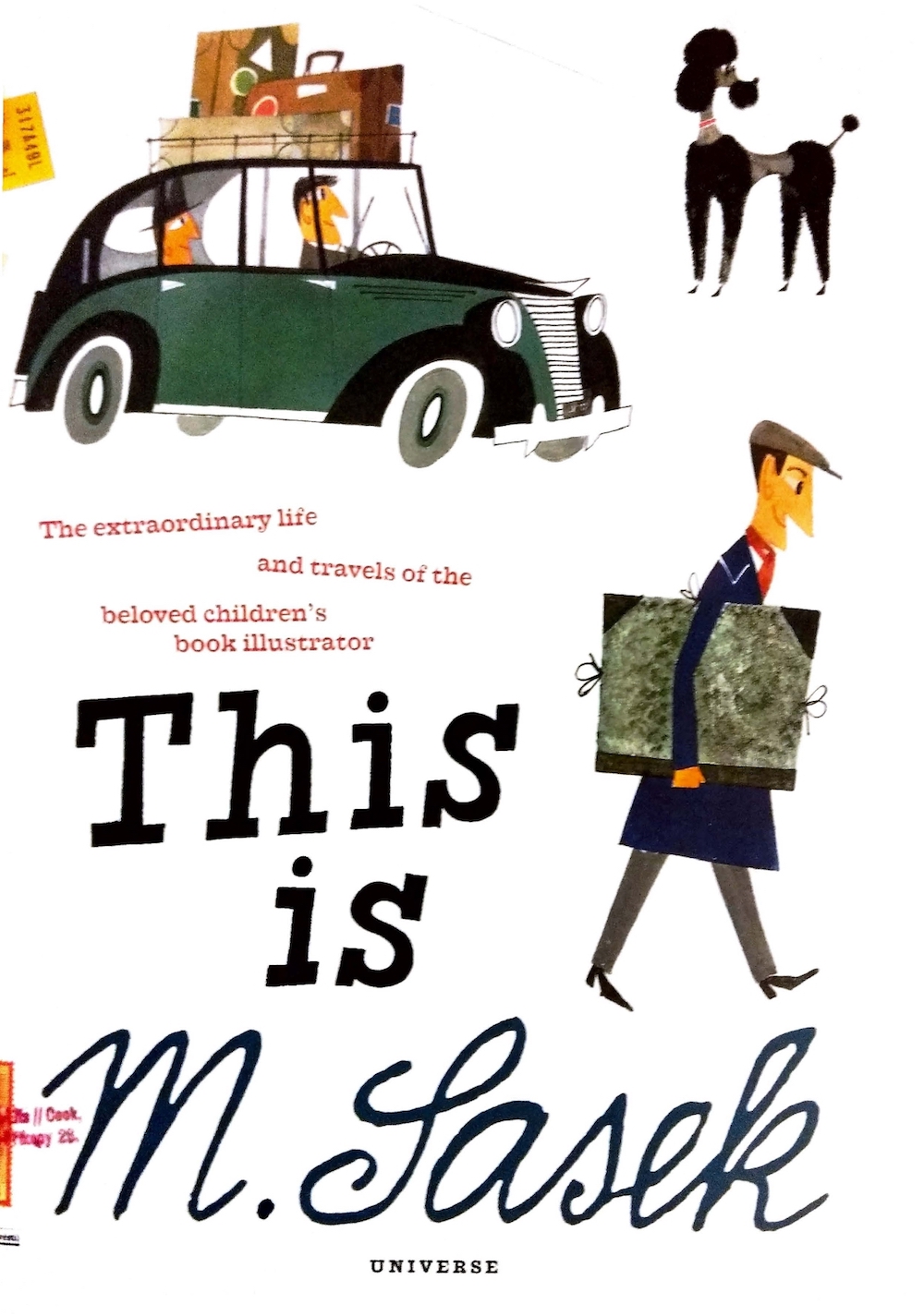Sally Bowles, the glittering, swaggering, sexually adventurous nightclub chanteuse at the centre of Cabaret is one of the most memorable figures in 70s cinema. Liza Minnelli, who played her in Bob Fosse’s critically acclaimed 1972 musical, won an Oscar in the part that seemed tailor-made for her — from the black bowler hat to those kinky boots.
It may be hard to believe now, but in the mid-50s, Julie Harris was Sally Bowles. She played her on stage in John Van Druten’s play I Am a Camera — winning a Tony award — and reprised the role in Henry Cornelius’s 1955 film. Both works were based on Christopher Isherwood’s Berlin Stories, but their portrayals of Berlin in the early 30s could scarcely be more different. To appreciate Harris’s take on Sally you really have to banish memories of the Kit Kat Club, Joel Grey’s louche MC and those fabulous songs.
“The more worthless the book the more they need noise and alcohol to launch it.” Middle-aged writer Christopher Isherwood (Laurence Harvey) begins this semi-autobiographical tale of his youthful adventures in pre-Second World War Germany with the discovery that sex sells. The irrepressible Sally Bowles has turned author, with the provocatively entitled The Lady Goes on Hoping. Some things never change.
After this Bloomsbury-set opening sequence, I Am a Camera flashes back to Berlin on New Year’s Eve 1931. Isherwood, narrates the story of his life as a struggling author, living in a boarding house run by the long-suffering Fräulein Schneider. So far, it seems that his one moment of inspiration has been to come up with that title: “I am a camera, with its shutter open, just watching it, quite detached.”
Isherwood’s professional detachment is tested when he accompanies his friend Fritz (Anton Diffring) to a club, where Sally is performing. In what we soon learn is a familiar pattern, she is soon left high a dry by her latest beau. Feeling sorry for this “naive” girl, our hero gallantly offers her a room for the night, though the platonic terms of their relationship are made clear from the outset.
It’s not long before the totally out-of-his depth novelist realises that his new friend’s modus operandi is to shock people. Asked why she wears green nail polish, Sally cheerfully explains “To attract men!”. As their life together descends into penury and bickering, he alternates between fascination at Sally’s lack of morals and self-pity at his inability to make progress with his work.
Harvey went on to play the social-climbing Joe Lampton in Room at the Top and the brainwashed assassin Raymond Shaw in The Manchurian Candidate. I find him more convincing as an embittered cynic than as a suave leading man, so he’s well-suited to the role of the permanently exasperated Isherwood. When his one clumsy attempt to seduce Sally is repelled, his sardonic response is to ask “A puritan all of a sudden, or just where I’m concerned?”
With her throaty laugh, theatrical mannerisms and fine comedic timing, Harris’s Sally is an enthralling and infuriating companion. In the film’s most enjoyable sequences, she drags the hard-up Isherwood into a bar, where she downs a succession of champagne cocktails. The arrival of filthy rich American Clive (Ron Randell) leads to a wild party — complete with a hydrotherapist played by Patrick McGoohan.
Of course the sexual dynamics would have looked very different if this film hadn’t been made in the mid-50s. There’s no hint here that the writer might be gay, or even bisexual – as Michael York’s Brian is in Cabaret. Instead, the would-be novelist is just celibate, waspish and openly disapproving of Sally’s promiscuity. In the film of Isherwood’s later novel, A Single Man, George (Colin Firth) and his best friend Charley (Julianne Moore) have once been on intimate terms, but she reluctantly has to accept his homosexuality.
John Collier’s screenplay is at its sharpest and most assured in the scenes of domestic cut and thrust between the flat-mates. But attempts to bring the social and political unrest of pre-war Berlin into the mix are less successful. Though Berlin was on the cusp of seismic events you get little sense here of the growing unease on the streets, while the nightclub scenes are more dreary than decadent. There is an awkward romantic subplot involving Fritz and the wealthy Natalia (a miscast Shelley Winters) that tries to address the dilemma facing Jewish citizens. Isherwood makes a belated attempt to reclaim his independence by brawling with some Nazis in the street, and rebukes Fräulein Schneider for an anti-Semitic remark.
Cornelius, who directed only five films, had to work within the censorship restrictions of the time. This movie may have been an X-certificate in its day, but the Sally of 1955 doesn’t get to be as wanton — or show as much leg — as the Sally of Cabaret. As a portrait of the artist as a young man, I Am a Camera is funny and charming and the two leads have good chemistry. But if you want to know why money still makes the world go round, the Kit Kat Club is the place to go.
(I Am a Camera is released on DVD on 8 November.)











